My company IMTT, was contracted by the state of California, to provide professional consultation in the execution of a Law Enforcement SWAT sniper course. Prior to retiring i worked for this agency. IMTT was secured to assist in conducting blocks of instruction, consult and provide support. During this course we were additionally tasked with providing feedback regarding the possible selection of a weapon. This weapon was intended to replace the Remington 700 bolt action rifle. During my career I consistently supported the replacement of the bolt action sniper rifle, with a contemporary semi-auto. I had proposed this replacement on numerous occasions to my supervisors in writing and as a member of task forces. The goal was for use in the role of a short to medium range rifle for our Snipers. Initially this idea was viewed as far too unconventional to consider within the organization.
Compounding the problem many of the systems available were unable to perform to our standards out of the box. As an organization we cannot purchase rifles in mass then have them customized to our standards. They must arrive from the manufacturer to our specifications, capable and ready to deploy. Many of these systems at this time were incapable of stated and required performance standards by policy and public safety requirements. As an agency we delayed and postponed adoption of replacement weapons for the existing bolt action rifles capable of 1 MOA or less in the LE Sniper role. The gold standard to my mind, a short barreled, magazine feed, semi-automatic, shoulder fired and easily optically equipped rifle. This weapon must be capable of 1 MOA at 100 Yards. It must also be able to perform in the CQB and or defensive weapon role as a replacement of the M4 Carbines, issued as a supplemental weapon to sniper personnel. The intent is to replace the M4 and the primary Remington model 700 sniper rifle, with one system capable of performing to standard for both. This will reduce the number of weapons carried by operational personnel on missions. Team leaders will possess consistent and continuous ability to deploy precision weapons on all missions as situations develop and evolve.
So whether working a high risk warrant service, narcotics operations in remote areas (CAMP / C-RAT), escape pursuit, high risk transport operations and or other special assignments the team will have the availability to utilize a precision over-watch supporting capability.
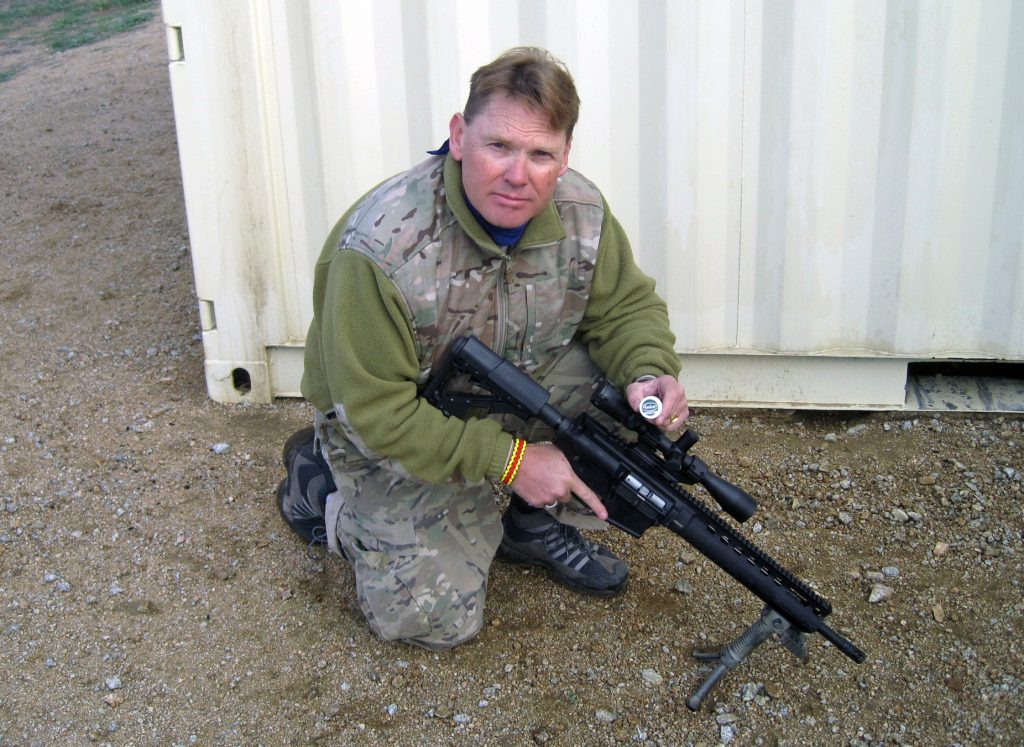
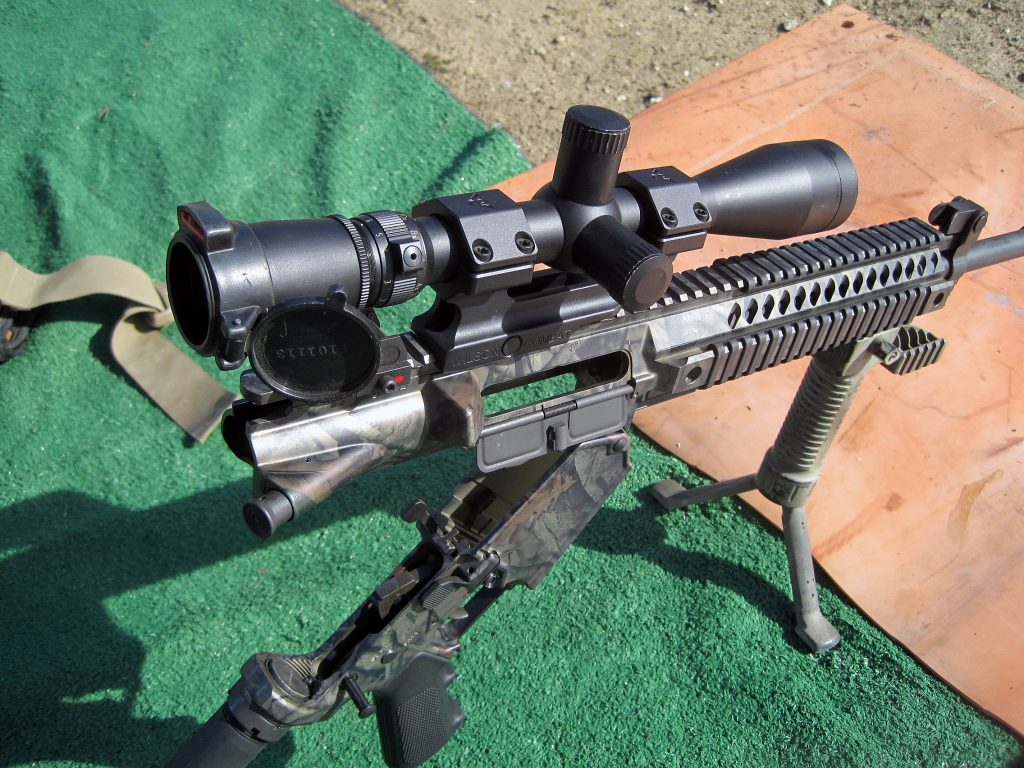
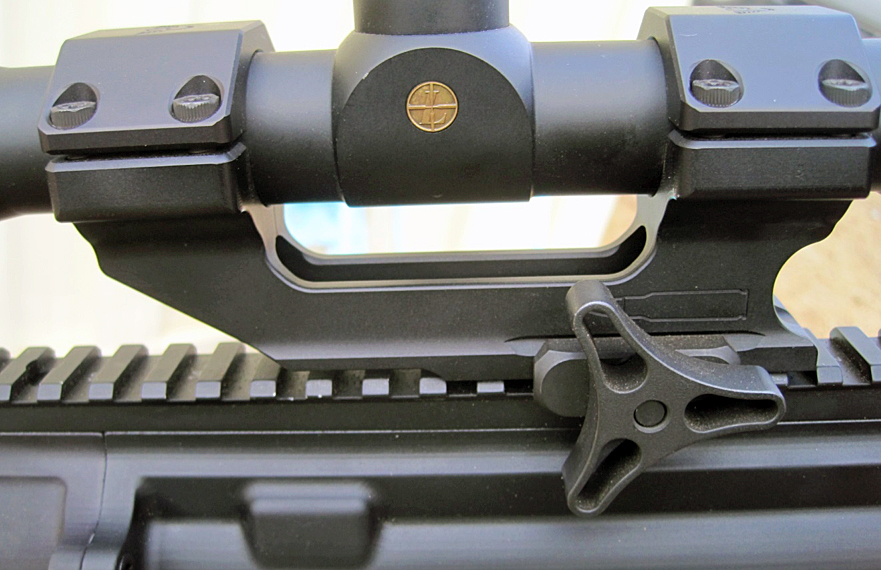
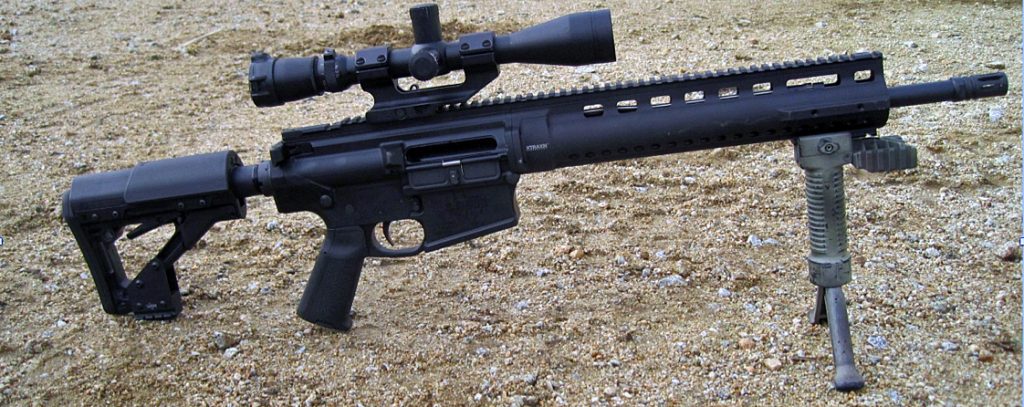
Typically prior to all missions an initial assessment is completed, often it dictates the entire team will deploy with standard weapons. This is because no special circumstances exist for the deployment of long rifles at that point. In addition the use snipers as entry personnel during operations are characteristically the norm for high-risk warrant operations. This more often than not means these personnel don’t bring or are authorized carry their precision long rifles. You can debate the semantics of this for hours, but the fact remains it’s emblematic. The department needs one adaptable system in the hands of the trained marksman for any contingency. This lends more depth, versatility, support and options to leaders in the field. As a former SWAT team leader I fully believe that this is an idea and concept that is long overdue. In order to begin testing I contacted numerous manufactures and Mr. Freddy Blish at LaRue to evaluate one of their OBRs in 308, along with numerous other rifles. We ordered and conducted an initial assessment on five different types of rifles of the AR-15 / AR-10 type variant. Three of these rifles were eliminated immediately as a result poor performance prior to in-depth evaluations. Our client agency required us to test the products in question, and evaluate the rifles with clearly stated and defined objectives. The only acceptable platform for evaluation was the AR-15 / AR-10 type variant rifle.
All operational personnel currently receive in-depth training, stringent manipulation requirements and qualifications with AR-15 / M4 systems. For ease of training, rapid orientation and reduction of training dollars the AR / M4 type platform was chosen. Each of our team members receives hundreds of hours of orientation and training with this weapon. All team members continually train with the AR-15 / M4 firing thousands of rounds annually. The intent is to transition personnel as seamlessly as possible, while reducing training hours at a salary cost savings. In addition ammunition is dictated specifically by the state of California and not an option or choice. We were required and mandated by regulation to use the 308 caliber. The agency already possesses large stock piles of 308 match grade ammunition. All are stipulated by contractual agreements with manufactures and not a personal preference of personnel. Personnel have no choice, option or input relative to weapon types, and ammunition. Our goal was to secure the shortest, lightest most accurate 7.62 rifles, AR-15 / AR-10 type variant for DMR / Law Enforcement sniper applications for the teams.
All rifles were delivered to us via UPS, at our headquarters. The LaRue OBR was one of several LaRue factory testing rifles, this OBR specimen had over 3700 rounds through it before it arrived in our hands.
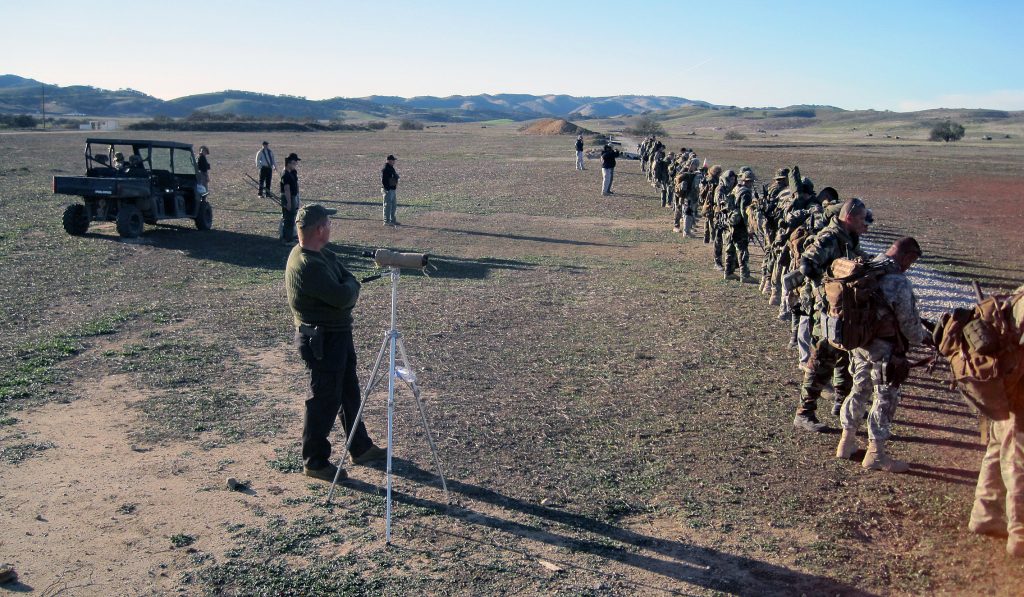
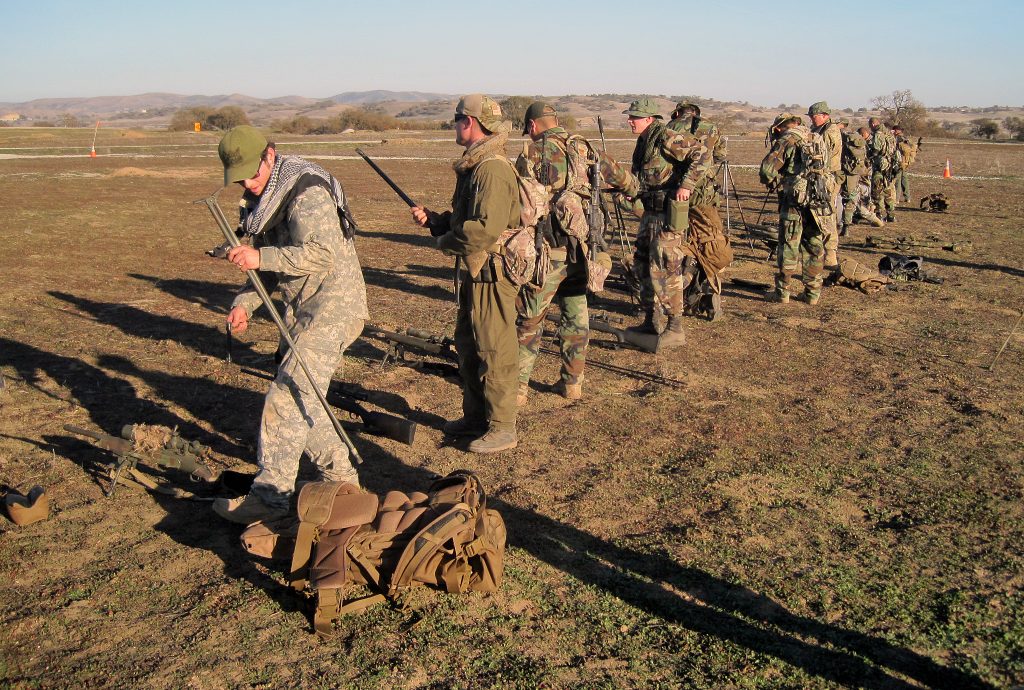
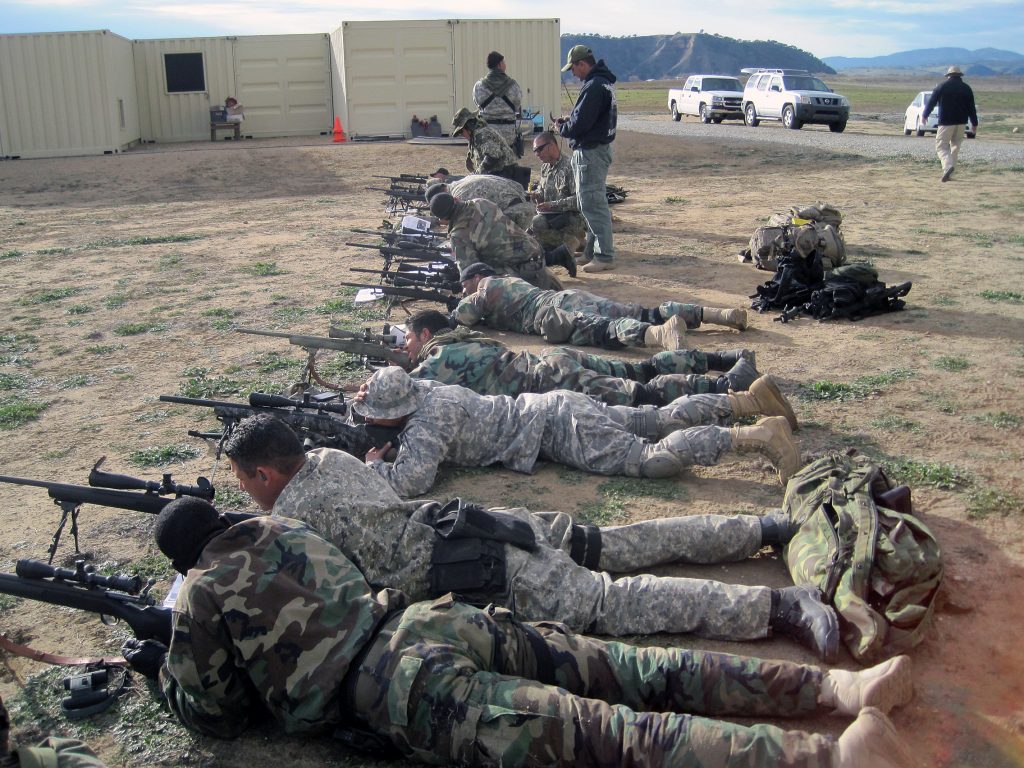
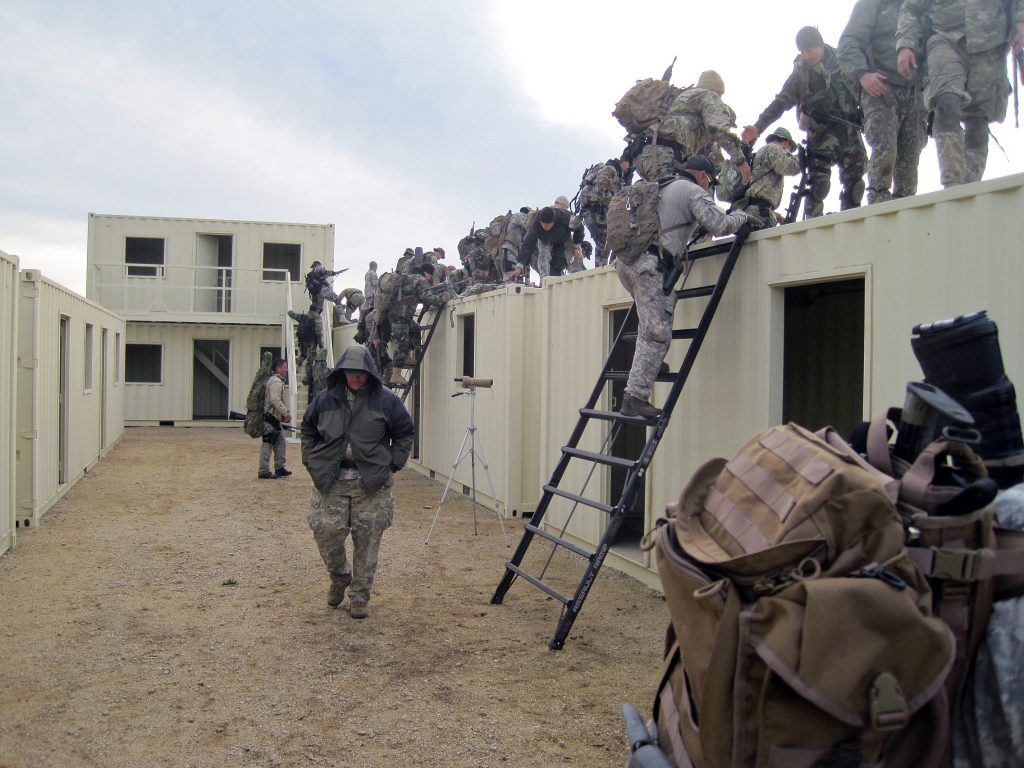
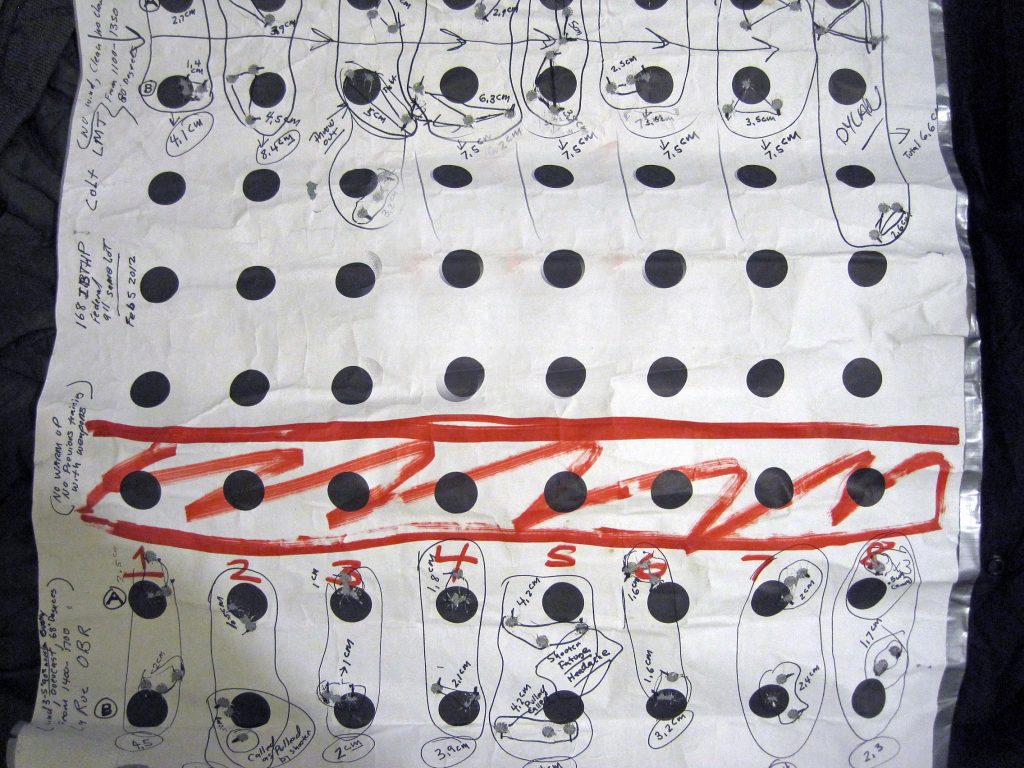
Testing begins
Phase 1: the LaRue OBR and Rifle X were assigned to twelve different students attending the 2 week sniper class for use over a five day period. During this time the rifles fired in excess of 750 round each. The ammo used was Remington and Federal 168 Grn IBTHP match ammo. Not one malfunction, stoppage, misfire followed with the OBR; the rifles were only lubricated, not cleaned. The rifles were used during multiple exercises, scenarios and the OBR performed as well or better (both reliability and accuracy) than the students bolt action rifles in the same capacity.
Phase 2: the OBR and Rifle X were fired on a target at 200 yards. The students fired five rounds from supported prone on target to produce a shot group. At the end of this string of fire the student then inserted a fresh magazine, and dumped it in a safe direction down range. One magazine dump, continuous paced fire of one 20 round magazine, one trigger pull every second until the magazine was empty and the rifle went to slide lock. The student now leaves the bolt locked open for 1 minute / 60 seconds, remove the magazine and fire a five shot round group again at 200 yards. This test was to check for excessive shift in impact from center to center of the shot groups caused by the heating of the barrel, in short periods of time. All shooters completed this test over a period of 6 hours with each of the two the rifles. No perceptible shift was noted and or recorded for either rifle. The rifles were now cleaned and the bores punched.
Phase 3: precision accuracy testing. Nine shooters were selected; each shooter was a school trained certified and qualified sniper assigned to a team. The shooters were given 12 rounds each for each rifle. A total of 24 rounds. They fired four three shot groups for measurement on a 1 inch black dot. Shooting position was prone supported with a sand bag and bipod. Required rest time between shots was 30 seconds on each shot within the three shot group. A mandatory two minute period of rest with the action open between strings of fire. After the shooter had completed his entire course of fire the rifle was cleaned, bore punched and remained open for 20 minutes. Average group size for the LaRue rifle for the entire group was 2cm, .78 of an inch at 100 Yards. The test did not include alternating right and left ramp assessment on separate targets checking for ramp deviations or shifts in impact from the same. The LaRue OBR passed all initial testing with high marks. Rifle X failed numerous tests and was eliminated at the end of the testing. It experienced numerous malfunctions, poor accuracy and poor dependability. Although the test was not as empirical, thorough or lengthy as I would have preferred, it did accomplished our goals. This test was a snapshot and an excellent overview of the system. This rifle tested has been improved upon by LaRue and is now available also in 6.5mm versions.

Conclusion: I would highly recommend this rifle to anyone in the market for this type of rifle. I think the OBR is best in class, period. I would purchase one these rifles based on this testing, my conversations with professionals including Federal purchasing authorities (who are issuing these rifles now). Numerous US Federal agencies and Law Enforcement organizations are now fielding these rifles in a 14.5 inch barrel configuration. LaRue has won numerous major championships including the “International Sniper competition”. The LaRue Company was extremely accommodating, professional and very supportive. Their customer service and advice were excellent and exceeded all my expectations.
Go to their website for specs and a complete breakdown of the rifle.
For more information on LaRue contact them at this link: https://www.larue.com/









